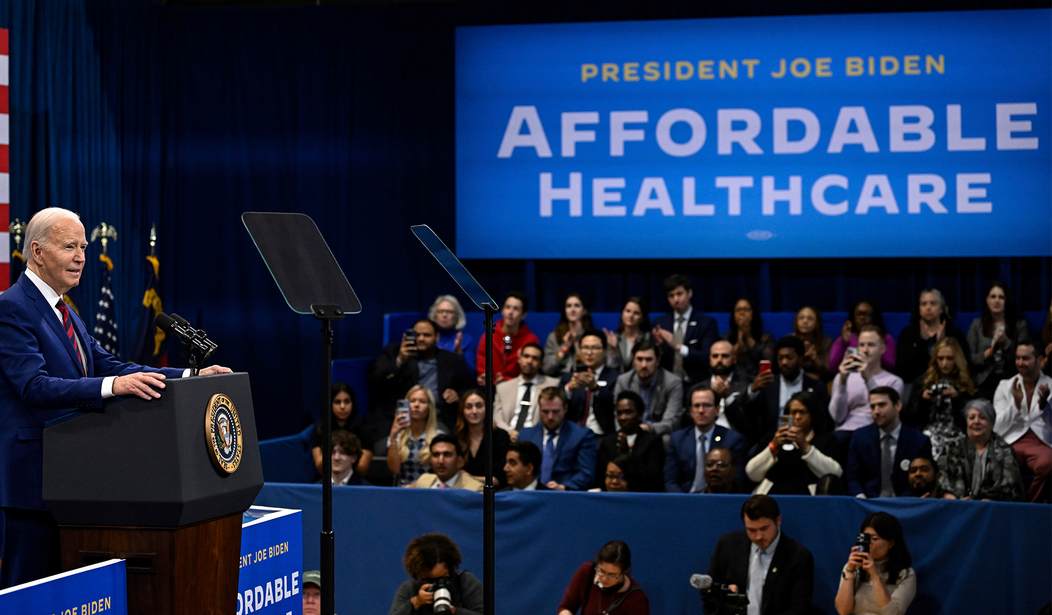Socialized medicine versus capitalism. New mandates versus personal freedom. Federal versus state. Obamacare versus “If you like your doctor, you can keep it.”
It’s the same damn healthcare debate you’ve heard a zillion times before. Apparently, nobody’s had any new ideas since the Nixon administration.
Meanwhile, Americans are increasingly souring on their healthcare. As Gallup noted in 2023, “For the first time in Gallup’s two-decade trend, less than half of Americans are complimentary about the quality of U.S. healthcare,” with a majority that “rate healthcare quality as subpar, including 31% saying it is ‘only fair’ and 21% — a new high — calling it ‘poor.’”
It's especially infuriating because Americans spend more money (per person) on healthcare than any other wealthy country.
The price keeps rising, and the quality keeps dropping.
It’s gotten to the point where it’s so convoluted and confusing that nobody can even wrap their arms around the problem. It’s just too big. During the 2007 subprime mortgage crisis, some banks were declared “too big to fail.” Well, our current healthcare system seems “too big to fix.” Aside from throwing more money at it (or wishing for a magic AI solution), the political cupboard is bare.
Nobody from either party is offering anything new.
But I think I figured out a solution that slashes prices, lowers taxes, increases choice, and makes healthcare more affordable. It would even eliminate lots of unnecessary bureaucratic red tape.
No, I’m not a doctor. (Never even played one on TV.) Nor have I ever worked in a hospital. But maybe that’s the secret to actually fixing this mess: Stop pretending it’s a medical problem!
And instead, treat it like it’s an economic problem.
Capitalism, baby! Supply and demand; scarcity and surplus; free markets and dollar voting. All we need to do is increase the number of doctors and then incentivize those doctors to lower their prices and see more patients.
But how?
There are only about 1.1 million doctors in our entire country. First of all, we must dramatically increase the medical workforce! So how do you incentivize more students to enter medical school?
Easy-peasy: Pass a law declaring that anyone who attends medical school between now and, say, 2035 won’t have to pay federal income tax on their healthcare work for the next 30 years.
It’s not at all uncommon for medical professionals to go through periods of shortages and surpluses. For example, my father is a retired anesthesiologist. When he went to medical school, there was a shortage of anesthesiologists, so lots of incoming students entered the field — and the pay was great. But eventually, too many entered, and the salaries for anesthesiologists were negatively affected.
Clearly, medical students are responsive to market conditions and/or the allure of the almighty dollar. We just need more of ‘em, and the best way to reach ‘em is through their wallets.
Get the IRS off their backs.
Besides, lots of the taxes levied against healthcare professionals don’t make much sense anyway: The same government will subsidize with one hand, tax with another — and then on top of it, the poor, beleaguered doctor is forced to hire extra staff just to help manage the government’s paperwork! It’s ridiculous.
Let’s get rid of ALL that garbage.
So now, we’ve incentivized more students to become doctors, and without those onerous taxes and heavy-handed regulations, we’ve also lowered their overhead: They can provide healthcare cheaper — and to more people — while still retaining more of their income.
Not bad, eh?
But y’know, 30 years of not paying federal taxes is an awfully sweet carrot. That’s tough to turn down. So I think we can extract MORE concessions from our influx of young doctors: Perhaps, to qualify for tax amnesty, they must also donate one day per month to see and treat patients for free.
It’s still a fantastic deal for the docs: Instead of losing four months each year to taxes, they’re only losing 12 days.
Consider what we’ve accomplished: We’ve exponentially increased the number of doctors in the marketplace. We’ve lowered their overhead; with their cost-of-business slashed, there are fewer expenses to pass along to the patient. And we’ve even created a healthcare safety net where — each month — the top, young doctors will see low-income patients for free!
And we did it without raising taxes. In fact, we cut ‘em.
Wouldn’t that be something: After all the time we’ve wasted arguing about healthcare, capitalism was the cure all along!
And we simply needed a taste of our own medicine.










Join the conversation as a VIP Member